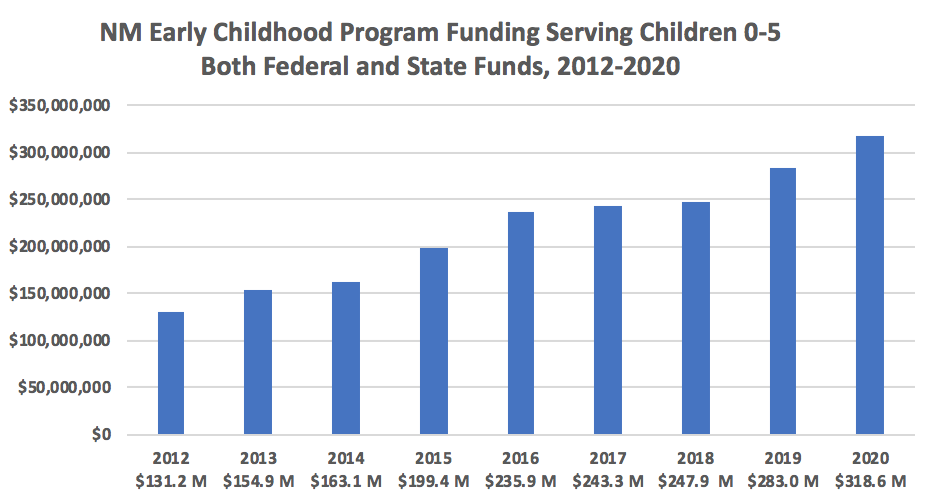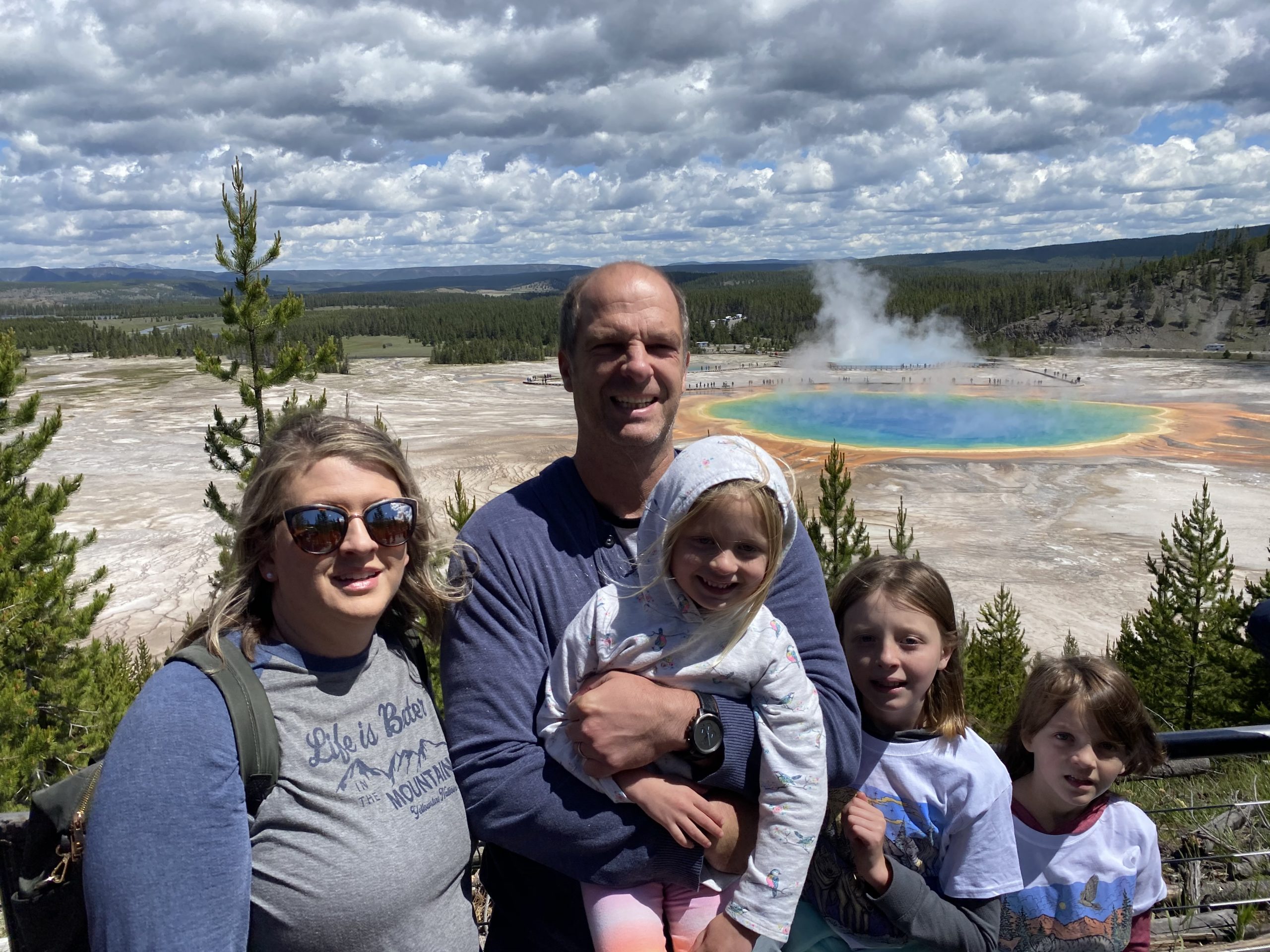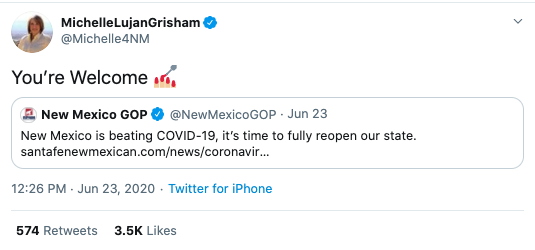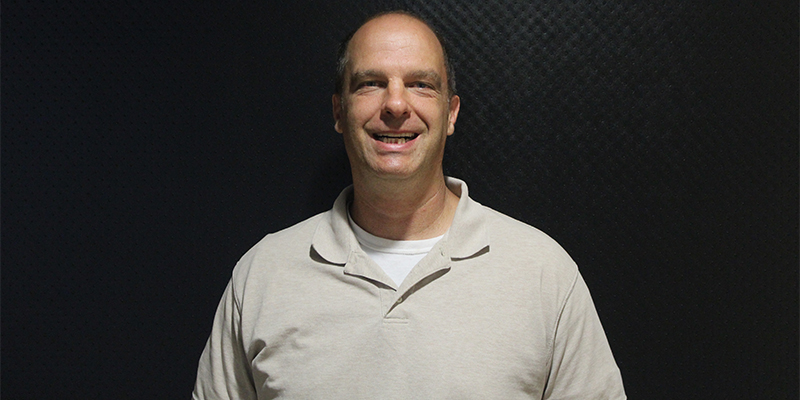
Rio Grande Foundation president Paul Gessing recently penned this op-ed along with Grover Norquist of Americans for Tax Reform. The piece appeared in numerous publications around the State.
New Mexico is facing a budget deficit due to the combined forces of Gov. Lujan Grisham’s shut down of the New Mexico economy and reduced oil production. It is of the utmost importance that the Legislature not increase the economic pain by raising taxes.
Despite plummeting revenues, the Legislature STILL saw fit to increase spending this year. New Mexico is currently set to spend $7 billion, more than one billion dollars more than it will take from taxpayers: $5.9 billion.
When the 2021 Legislative session convenes, significant budget challenges will remain even with the national economy regaining jobs (May saw an increase in employment of 2.5 million, the highest monthly gain in history.) The easy, traditional response to overspending is to blame the taxpayers for not sending in more cash. The Legislature will look at their own overspending and standing on their heads call it a “revenue shortfall.”
Under normal circumstances, tax increases of any kind result in economic harm. After months of “non-essential” businesses being forced to close and many people being out of work, tax increases would be devastating.
During these difficult times, families across New Mexico have had to tighten their belts. The legislature should control its appetite. It should not say of taxpayers: “let them eat cake.” (Heavily taxed cake.)
This should not be too hard for them to do. If they are serious. Over the years, New Mexico’s spending has increased well beyond the rate of population and inflation. Government spending has increased faster than the paychecks of taxpayers. And that is before the current big-spending Gov. Lujan Grisham and her legislative allies came into office.
Based on data from the National Association of Budget Officers’ State Expenditure Report from 2011 and 2019, total state spending in New Mexico increased roughly 33.6% from 2010 to 2019. Over that same time period, New Mexico’s population increased just 1.8%, according to a report from the United States Census Bureau, and inflation increased 17.2%.
State government in New Mexico has grown a whopping 14.6% faster than population and inflation did over the last decade. There is absolutely no “need” to raise taxes. Particularly not after last year, when a $350 million tax hike – which some are calling the largest in state history – was heaped on top of a $1 billion surplus.
New Mexicans cannot afford higher taxes. A 2018 report from the Mercatus Center measured and ranked all 50 states based on various tax and budget data. On the issue of “service-level solvency” – how high taxes, revenues, and spending are when compared to state personal income – the Mercatus report found that New Mexico was the state least able to raise taxes without harming the economy. New Mexicans couldn’t afford higher taxes in 2018 when the economy was booming. They certainly can’t handle higher taxes now.
Americans oppose tax hikes as the nation struggles to recover economically from COVID 19. A recent Wallethub poll found that just 28% of Americans “think that tax rates should increase to fund coronavirus recovery efforts.” Overwhelmingly – a whopping 72% – people do not think taxes should rise. Even former Governor Bill Richardson (D) has voiced his opposition to tax increases during this time:
“Don’t raise taxes of any kind. We need to attract new businesses and, if anything, get rid of the onerous double Social Security tax.”
Struggling businesses are doing everything they can to avoid cutting hours and laying off employees. Some have already had to move forward with these difficult decisions. Individual taxpayers and families are already seeing their paychecks dwindle.
The last thing the people of New Mexico need right now is to hand more of their paychecks over to the politicians.
Gessing is president of the Rio Grande Foundation. Norquist is president of Americans for Tax Reform. Gessing and Norquist are encouraging all candidates and elected officials to take the Taxpayer Protection Pledge, a written commitment to taxpayer across New Mexico that they will oppose and vote against any and all efforts to raise taxes.
























/cdn.vox-cdn.com/uploads/chorus_image/image/66848476/1211674325.jpg.0.jpg)



